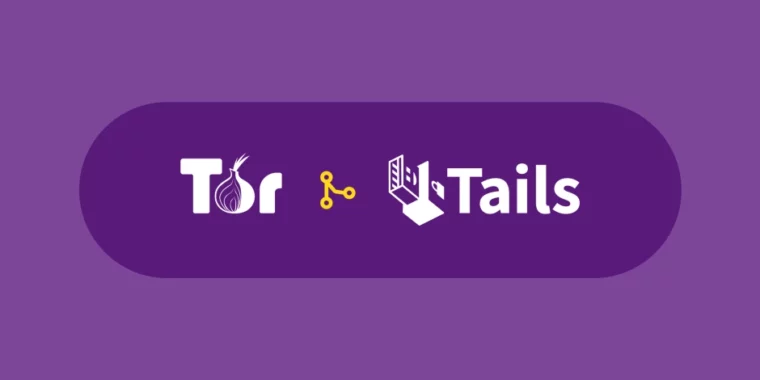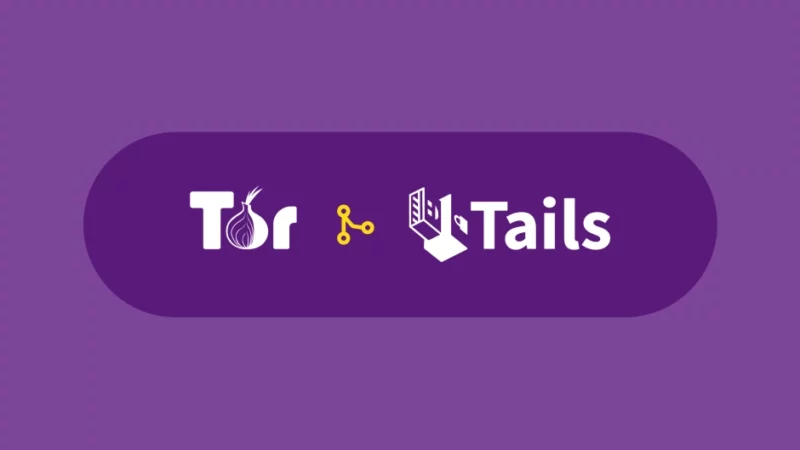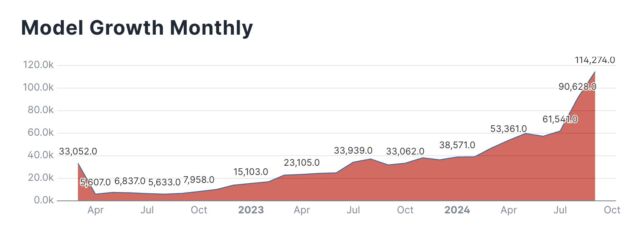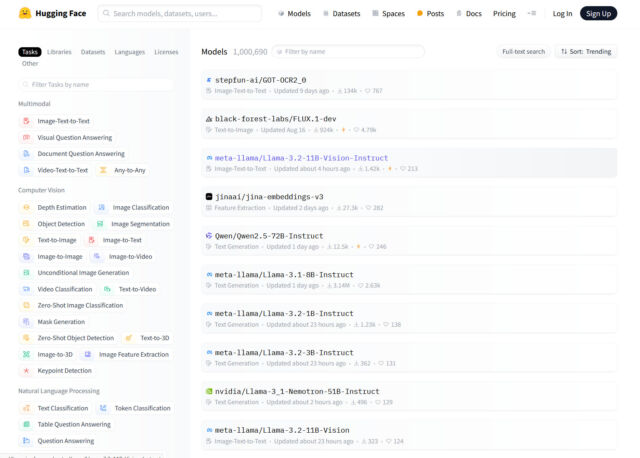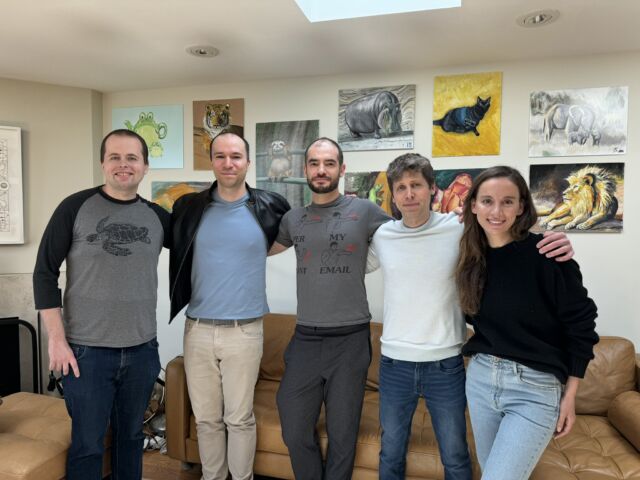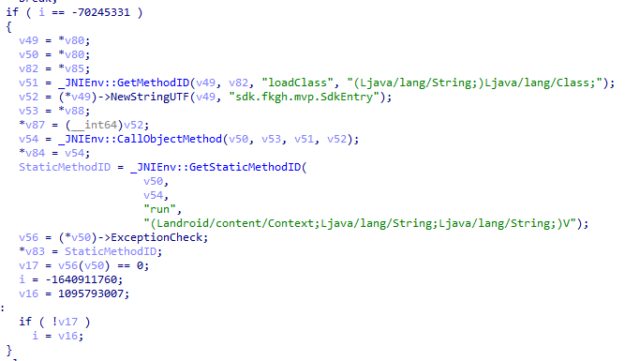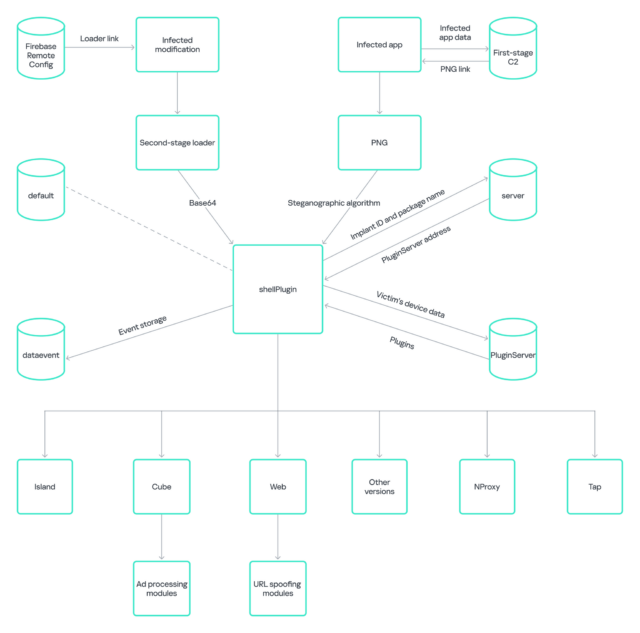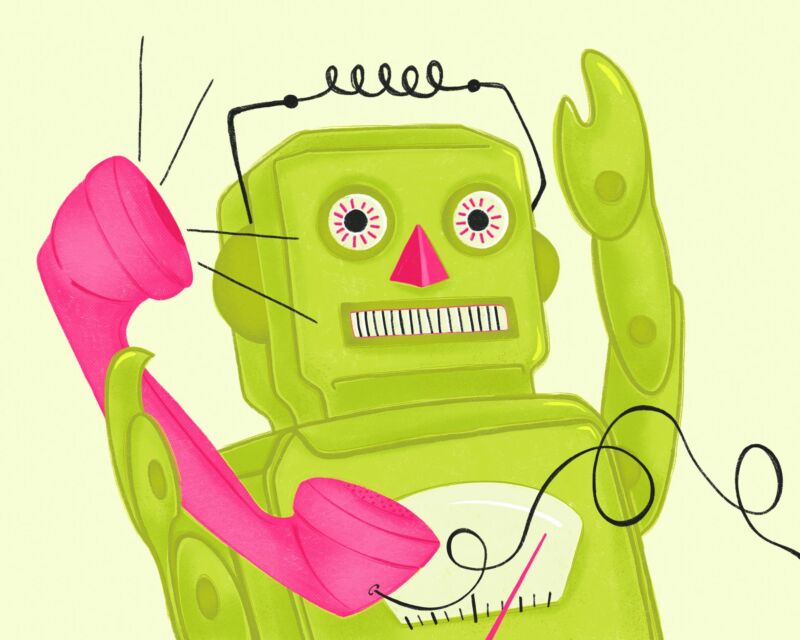Meta pays the price for storing hundreds of millions of passwords in plaintext
GOT HASHES? —
Company failed to follow one of the most sacrosanct rules for password storage.

Getty Images
Officials in Ireland have fined Meta $101 million for storing hundreds of millions of user passwords in plaintext and making them broadly available to company employees.
Meta disclosed the lapse in early 2019. The company said that apps for connecting to various Meta-owned social networks had logged user passwords in plaintext and stored them in a database that had been searched by roughly 2,000 company engineers, who collectively queried the stash more than 9 million times.
Meta investigated for five years
Meta officials said at the time that the error was found during a routine security review of the company’s internal network data storage practices. They went on to say that they uncovered no evidence that anyone internally improperly accessed the passcodes or that the passcodes were ever accessible to people outside the company.
Despite those assurances, the disclosure exposed a major security failure on the part of Meta. For more than three decades, best practices across just about every industry have been to cryptographically hash passwords. Hashing is a term that applies to the practice of passing passwords through a one-way cryptographic algorithm that assigns a long string of characters that’s unique for each unique input of plaintext.
Because the conversion works in only one direction—from plaintext to hash—there is no cryptographic means for converting the hashes back into plaintext. More recently, these best practices have been mandated by laws and regulations in countries worldwide.
Because hashing algorithms works in one direction, the only way to obtain the corresponding plaintext is to guess, a process that can require large amounts of time and computational resources. The idea behind hashing passwords is similar to the idea of fire insurance for a home. In the event of an emergency—the hacking of a password database in one case, or a house fire in the other—the protection insulates the stakeholder from harm that otherwise would have been more dire.
For hashing schemes to work as intended, they must follow a host of requirements. One is that hashing algorithms must be designed in a way that they require large amounts of computing resources. That makes algorithms such as SHA1 and MD5 unsuitable, because they’re designed to quickly hash messages with minimal computing required. By contrast, algorithms specifically designed for hashing passwords—such as Bcrypt, PBKDF2, or SHA512crypt—are slow and consume large amounts of memory and processing.
Another requirement is that the algorithms must include cryptographic “salting,” in which a small amount of extra characters are added to the plaintext password before it’s hashed. Salting further increases the workload required to crack the hash. Cracking is the process of passing large numbers of guesses, often measured in the hundreds of millions, through the algorithm and comparing each hash against the hash found in the breached database.
The ultimate aim of hashing is to store passwords only in hashed format and never as plaintext. That prevents hackers and malicious insiders alike from being able to use the data without first having to expend large amounts of resources.
When Meta disclosed the lapse in 2019, it was clear the company had failed to adequately protect hundreds of millions of passwords.
“It is widely accepted that user passwords should not be stored in plaintext, considering the risks of abuse that arise from persons accessing such data,” Graham Doyle, deputy commissioner at Ireland’s Data Protection Commission, said. “It must be borne in mind, that the passwords, the subject of consideration in this case, are particularly sensitive, as they would enable access to users’ social media accounts.”
The commission has been investigating the incident since Meta disclosed it more than five years ago. The government body, the lead European Union regulator for most US Internet services, imposed a fine of $101 million (91 million euros) this week. To date, the EU has fined Meta more than $2.23 billion (2 billion euros) for violations of the General Data Protection Regulation (GDPR), which went into effect in 2018. That amount includes last year’s record $1.34 billion (1.2 billion euro) fine, which Meta is appealing.
Meta pays the price for storing hundreds of millions of passwords in plaintext Read More »

